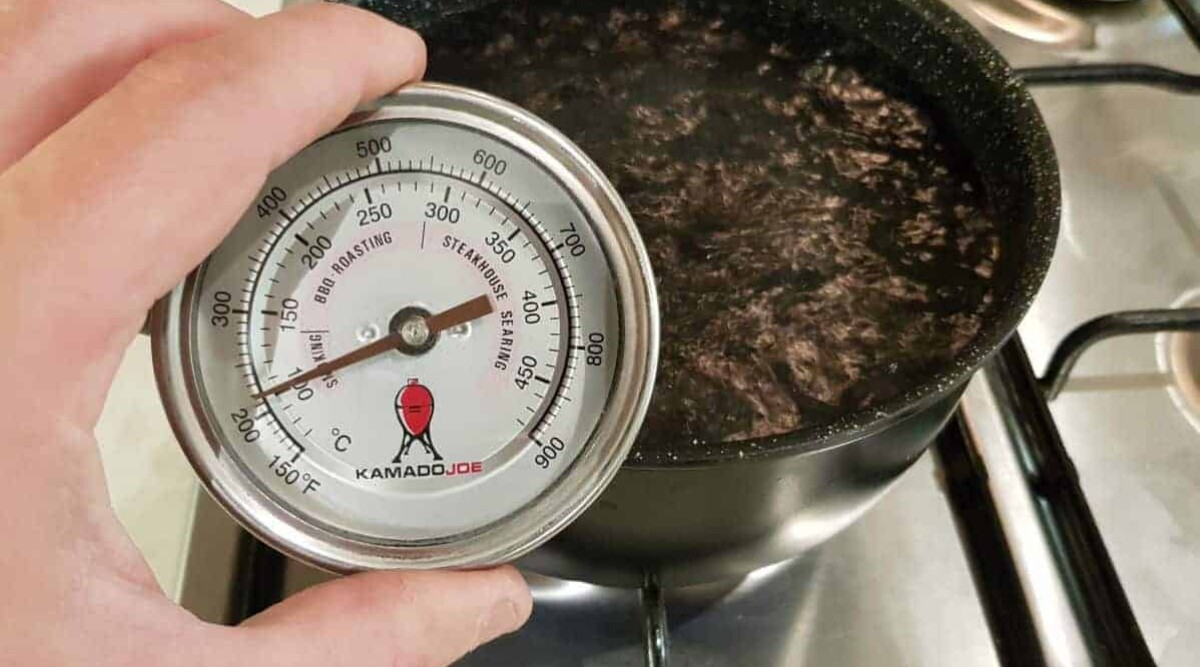
In the following article, we discuss how to calibrate thermometers that you use during cooking, an incredibly important task that will not only help to ensure your food isn’t under or overcooked, but is also safe to eat.
Why do we say thermometers are essential for every Chef, griller or pit-master? It comes down to 3 things:
- To ensure that meat is cooked properly, to the preferred doneness and texture.
- It’s a reliable way to indicate how hot the grill or smoker is, so you can follow recipes more accurately and enjoy consistency in your cooking.
- Perhaps most importantly, to be safe! Meat must be cooked to a temperature high enough to kill any harmful bacteria to be safe to eat.
But, how do you know if they’re correct? If thermometer reads off by 5 degrees or more, it could mean your meat will be over, or undercooked, depending on the error.
Yes, for a thermometer to give the right reading, one you can be confident in relying on, it must be used properly, and it must be calibrated correctly, so you do not get false and incorrect readings.
Jump to:
What Does it Mean to Calibrate a Thermometer?
The definition of calibrating means making precise measurement, and a synonym is to fine tune.
Think of your thermometer as a sensitive measuring device. It must start with good data, or all your information will be incorrect. It’s like driving without a speedometer.
Calibrating a thermometer ensures you’re getting the right temperature information for your cooking environment (pit probe) and food (food probe), where accuracy is extremely important.
Why Do You Need to Calibrate a Thermometer?
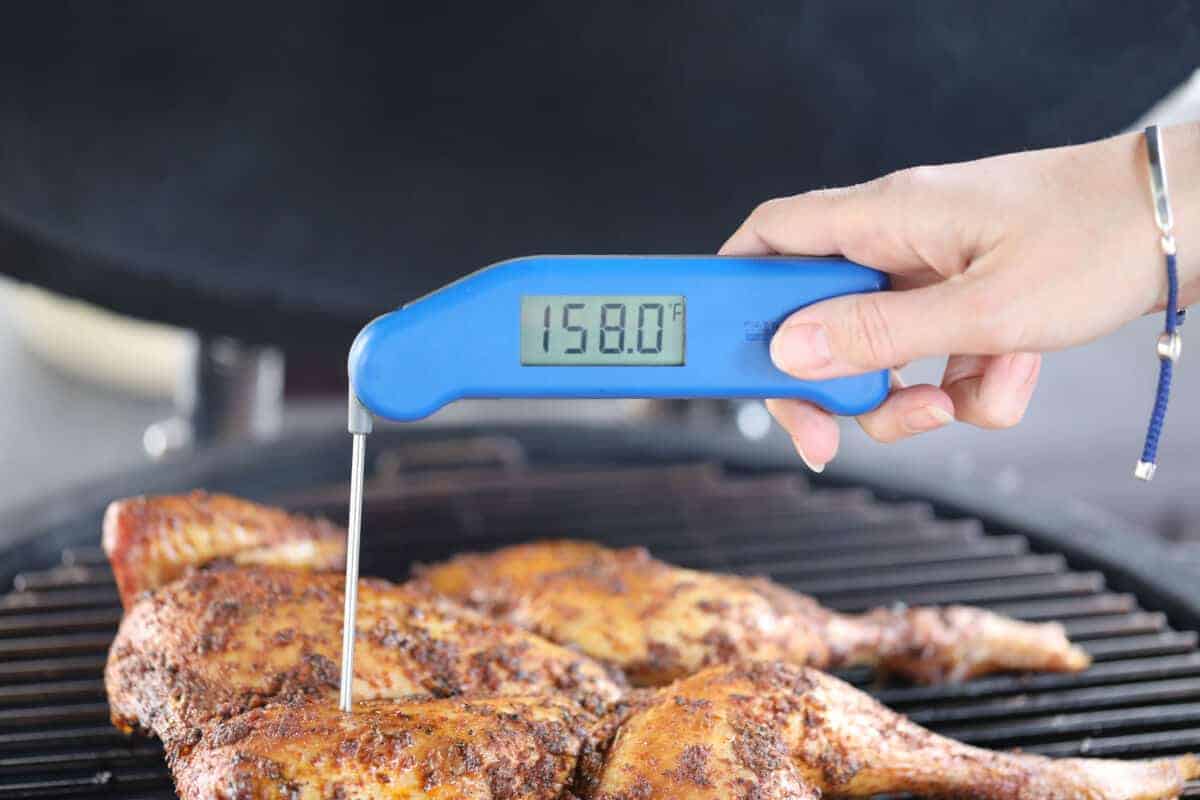
Thermometers can lose their calibration, especially analog models, so it’s a good idea to test them frequently.
Frequently going from hot to cold, being knocked or dropped, electronics or components aging, all these factors can cause a thermometer to drift out of calibration, resulting in incorrect readings.
Thermometers for cooking and grilling purposes need to be checked and calibrated to ensure if they are within 2 °F (+/-0.5 °C).
Pocket thermometers get dropped, the ones in a grill lid get banged up and down changing the readings slightly over time. Digital meat thermometers can misread if the probe gets damaged.
The only way to correct and monitor thermometers is by calibrating them regularly.
Two Effective Methods to Calibrate Your Thermometers
The simplest ways are the best, and calibrating thermometers is no different.
No matter the type or model you have, analog or bi-metal, infrared or digital, the best way to calibrate is one of the following 2 recommended methods:
- The ice bath method
- The boiling water method
You can use either method you like, so long as thermometer you are calibrating has that value in its range, and not all them do.
For example, a Kamado Joe dome thermometer doesn’t have markings for temps under 150f, ruling out the use of iced water to calibrate. This is why in the main image, top of this page, we calibrated thermometer using the boiling water method.
So yes, there’s two basic methods, let’s take a look at each in turn.
Ice Water Method
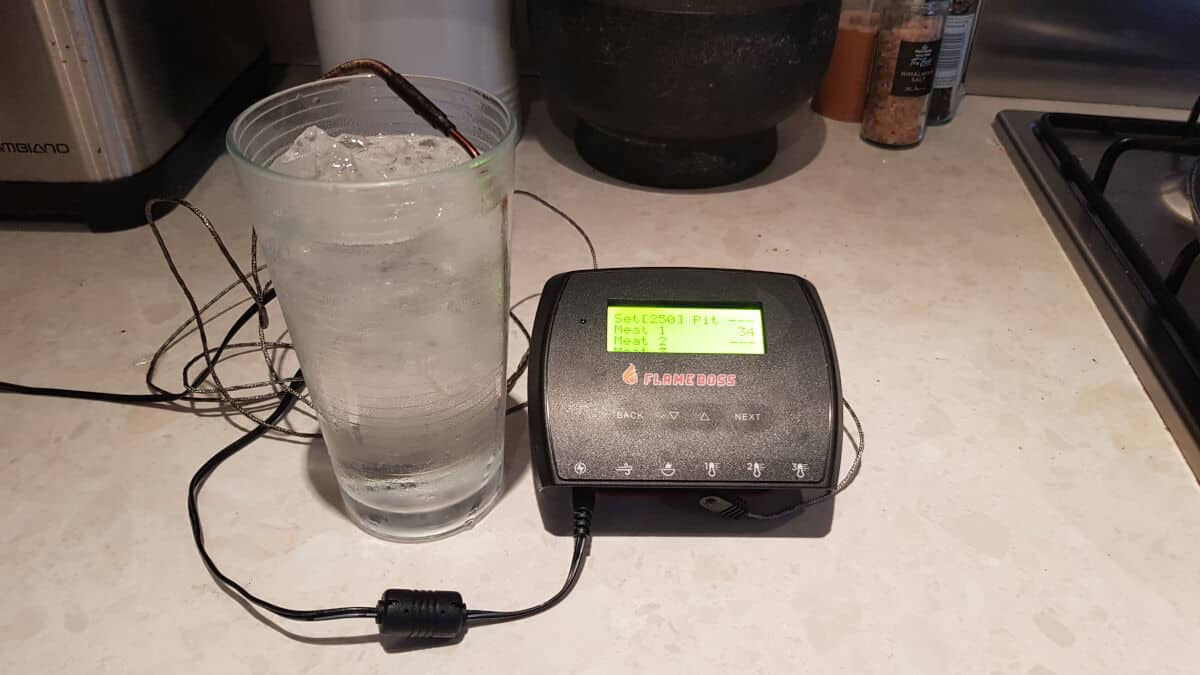
Fill a glass with ice and top up with just enough cold water to fill the space between the ice.
Stir for 30 seconds to ensure the water stabilizes just at the freezing point of 32⁰F (0⁰C).
Place the stem of thermometer or probe into the ice water.
The reading should remain at 32⁰F (0⁰C). If not, adjust thermometer using one of the techniques later in this article.
Boiling Water Method
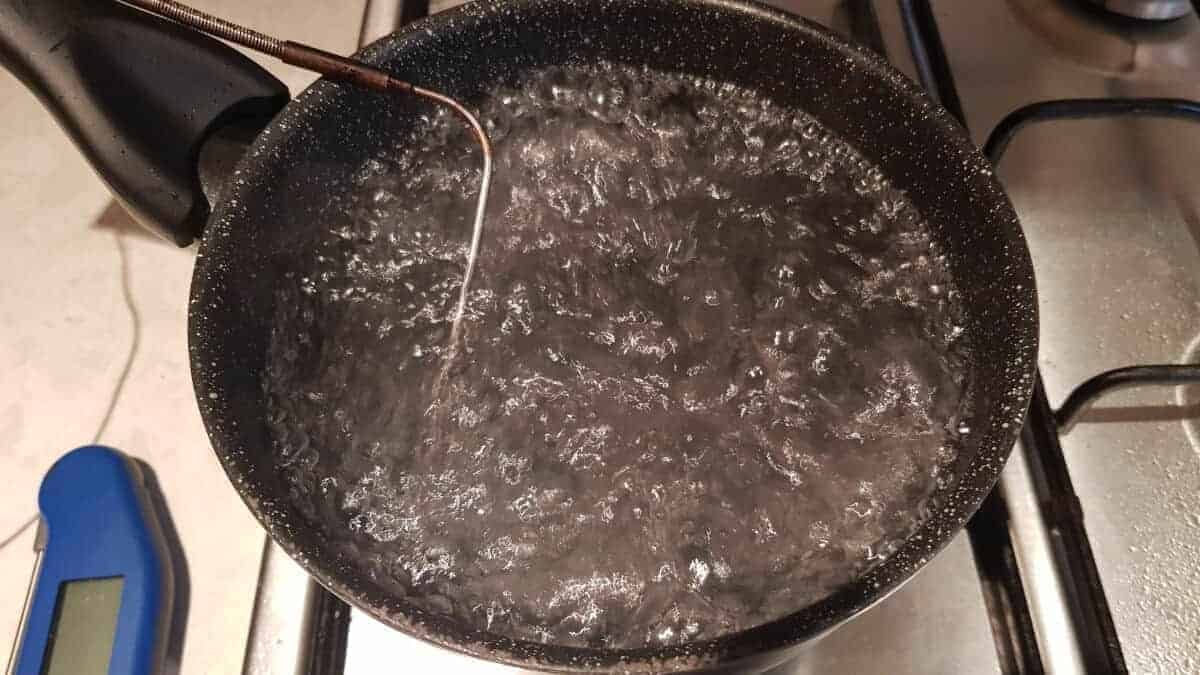
With this method, you’ll use boiling water instead of ice.
Place your thermometer in the boiling water, and it should show 212⁰F (100⁰C). If you use a gas stove to boil the water take care that the flame does not touch the upper parts of thermometer or probe.
Also, make sure the water is a rolling boil and not simmering.
Depending on your location, you may need to adjust for altitude. For every 500 feet increase in elevation, the boiling point of water drops by 0.5 °F/0.25 °C due to the reduced air pressure.
Denver, Colorado sits about 5,000 feet above sea level, and water there boils at 203 °F (95 °C).
Here’s a chart for the boiling point of pure water at elevated altitudes.
How to Adjust Various Thermometers
Here’s what you need to do to adjust your thermometer during calibration, depending on the type or model you use.
Lid Mounted Dial Thermometers
Dial thermometers, mostly found in BBQ / Smoker lids, have a nut at the back, or a screw, that you turn to calibrate the dial.
You can check them using either the ice bath or boiling water method.
Here is a video of how to calibrate a “Kamado Joe” grill thermometer that will work for most other models.
Pocket Dial Thermometers Have a Nut
Most pocket thermometers have a mini wrench built right into the plastic sleeve. If not, use some pliers or an adjustable wrench.
While immersing the tip of thermometer in ice or boiling water, hold the dial with one hand and slowly rotate the hex nut beneath the dial until the pointer indicates the correct temperature.
It’s usually a tiny movement.
Check out this video on how to adjust an analog thermometer.
Most digital wireless thermometers have a button, or a couple of buttons, to press to reset the temp as you hold the probe in an ice bath or boiling water.
If your particular model doesn’t have a re-calibration button, you will have to discard it or do the math and adjust the temperature by how many degrees it’s off.
You could have it calibrated by a third party, but the expense may be more than it is to replace it.
And don’t forget to check the batteries. A low battery can contribute to false readings.
Infrared Thermometers Can Be Costly to Calibrate
If you own an infrared thermometer that requires calibrating, it can be expensive.
There are two tools professional labs use to calibrate infrared thermometers, a “black body” calibrator that runs anywhere from $800 to over $8,000, and an “Infrared Comparator Cup” which you can buy for around $60.
The comparator cup is an aluminum cup with a black base that has a small hole to insert a probe for a reference thermometer. You point the one being calibrated into the cup and check the reading against the reference thermometer.
If you don’t have these tools, use the ice water method with this type of thermometer. The boiling water method will not be accurate because the steam and evaporation give a false reading.
Check Your Thermometer Every Month for Best Cooking
You keep your kitchen knives sharp and your utensils clean. You also need to keep your thermometer clean and calibrated like all the rest of your kitchen tools.
The more you handle your thermometer, the more opportunity there is for it to become uncalibrated.
Try to do the ice test at least once a month. It will give you peace of mind knowing that your food or grill are heating just the way you planned.
Here’s a review of situations that will require a thermometer to be re-calibrated:
- Whenever you drop it
- When you use it for wide temperature fluctuations, for example from boiling to freezing temperatures.
- Any brand-new ones.
- As they age — You should calibrate all your thermometers regularly.
If you have any experience with calibrating thermometers, please chime in and share with us in the comments below any tips and tricks you may have that can help others.



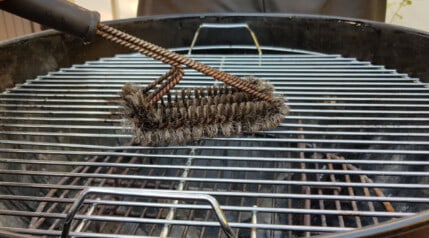
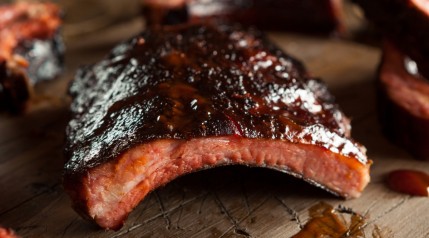
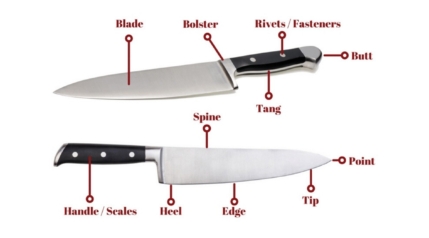
Love this article, but I’m having a small issue. I’m turning the adjustment knob to lower the gauge and retest and no matter how many turns I give it, it never moves the arrow…?
Hi Sarah,
Is thermometer working? I mean, is it taking readings (correct or otherwise) and is not jammed?
What make and model of thermometer is it? Not all thermometers are adjustable, but the vast majority are. If you let me know which it is, I’ll do some digging on the web to make sere it’s one that can be calibrated and seek out the manufacturers instructions.
Mark.
Just calibrated my Weber 6750 thermometer- two point calibration.
Ice bath low-end, boiling water for the high-end.
0 °C and 98.89 °C boiling water (our elevation is 1098 feet) were used as reference points.
Calculated that my offset is -0.5 °C, slope 1.0142 — so it will read a little low — need to add 0.5 °C (0.9 °F) to each reading and increase temperature by 1.42%
Very informational ,thank you very much.
I am looking for a flat hex wrench or key to calibrate my thermometers! Every search puts me on a how-to page, but no where can I find the tools. My pliers and socket wrenches just won’t do it. I don’t have the hand strength or finesse to juggle tool, thermometer and adjust all the while holding the thermometer in boiling water! Do you know where to find such an animal?
I’m really not sure what kind of tool you’re describing, sorry.